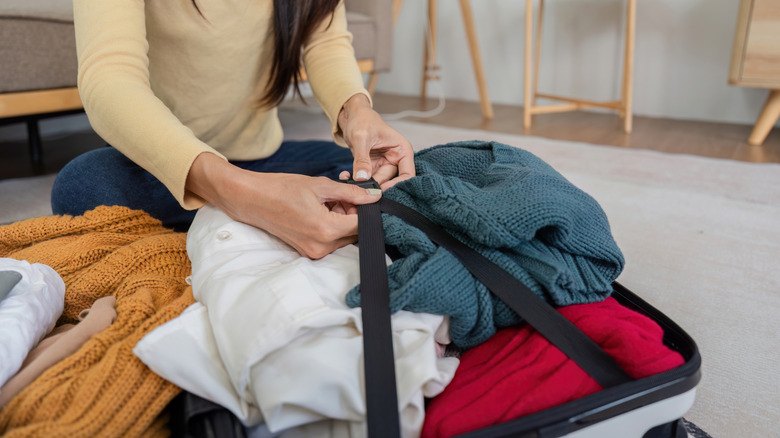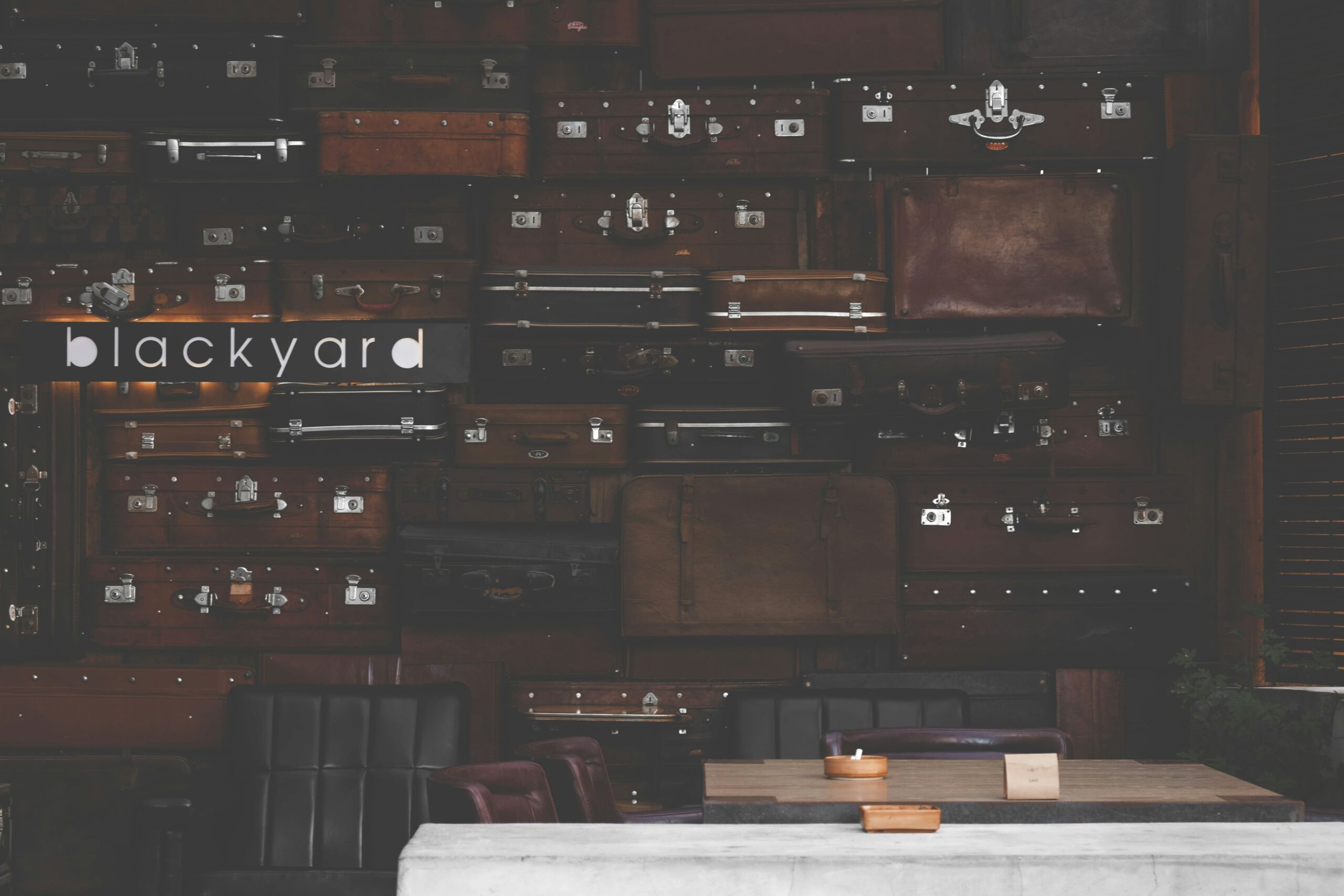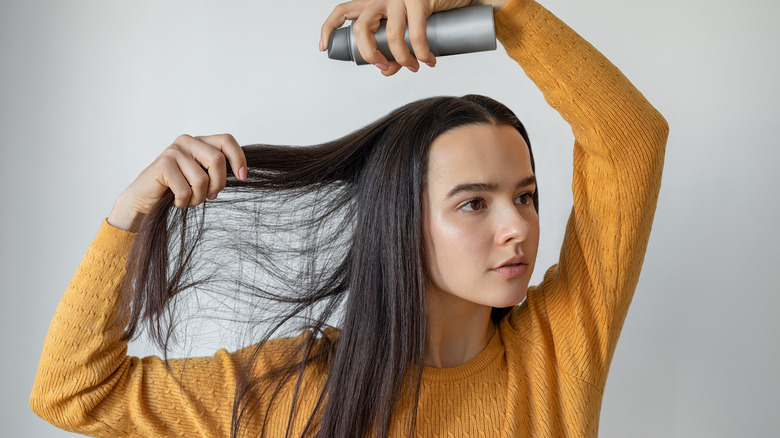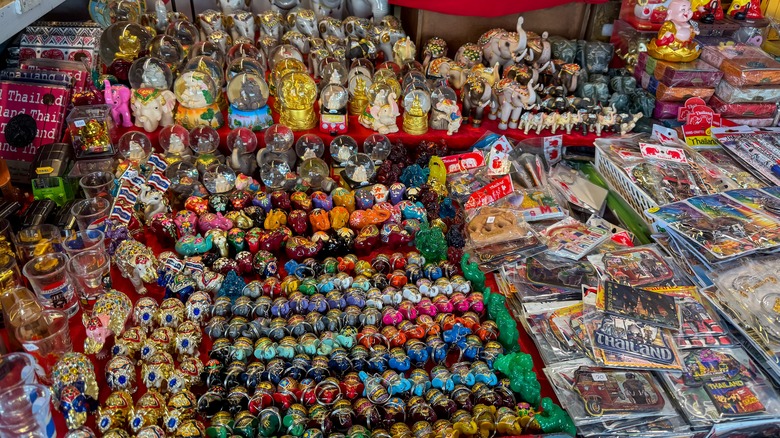Have you ever wondered what happens to your luggage after you check it in at the airport? Many travelers meticulously pack their carry-on bags, making sure to follow all the TSA guidelines. But when it comes to checked luggage, there’s often a more relaxed approach. You might think that once your bag is handed off at the counter, it’s smooth sailing until you pick it up at your destination. However, that’s not entirely true. The TSA has eyes everywhere, and that includes your checked luggage.
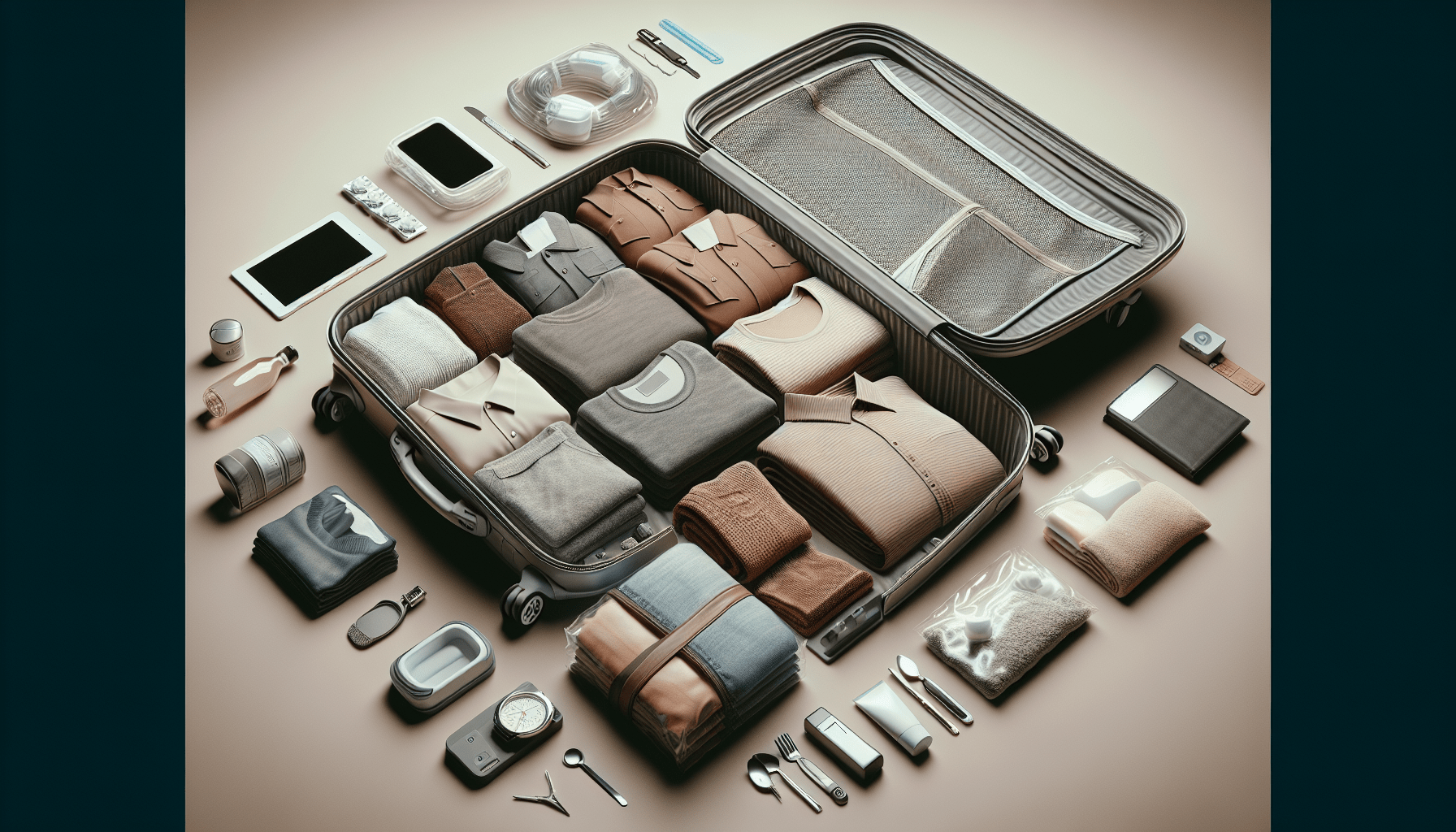
Shop These Accessories for a Comfortable Trip
Does TSA Check Checked Luggage Or Carry-On Bags Only?
A Common Misconception
When you pack your bags for a trip, you probably put extra thought into the contents of your carry-on. TSA’s strict regulations have us all double-checking that our liquids fit into a quart-sized bag, our electronics are easily accessible, and no sharp objects are sneaking through. But what about your checked luggage? You might assume that since it’s stowed away in the belly of the plane, it doesn’t undergo the same level of scrutiny. Well, think again!
The Screening Process
Once you drop your bag at the airline check-in counter, the journey of your checked luggage begins. It gets whisked away on a conveyor belt to a mysterious back room. Many airports have sophisticated, large X-ray machines that produce instant images of the contents inside the bag. If these machines detect anything questionable, your bag will take a detour for a more thorough inspection by a TSA officer.
The TSA is equally vigilant with checked luggage as they are with carry-ons. The main goal here is safety. They want to ensure no dangerous items make it onboard, whether they’re in the cabin or the cargo hold.
| Factor | Carry-On Bags | Checked Luggage |
|---|---|---|
| Liquid Limits | Quart-sized bag limit | Limited to 3.4 ounces |
| Electronics | Must be charged and ready | Generally lenient but subject to checks |
| Sharp Objects | Restrictions apply | Must comply with TSA rules |
| Flammable Items | Not allowed | Not allowed |
How to Know if TSA Searched Your Checked Bag
Mystery of the Inspection
Some TSA practices remain a mystery, but one thing should never be kept secret: whether your checked bag was searched. According to TSA, only about 5% of checked bags “sound the alarm” and require a manual search.
Indicators of a Search
If your bag was one of the unlucky few, you’ll find an inspection notice placed inside. You might also discover a broken lock. TSA-approved locks are designed to be opened by TSA officers using a master key. However, if your lock isn’t on the approved list, they might have to break it to get inside.
If TSA finds anything dangerous or illegal, they’ll remove the items and possibly escalate the situation. This could mean anything from confiscation to a more serious action depending on the severity of the find.
What’s Inside the Inspection Notice?
That little note left behind after a manual search isn’t just for show. It usually provides details on why your bag was inspected and reassures you that the search was necessary and within regulations.
What Happens Next?
If anything illegal is found, TSA will remove the item(s) and could potentially take further steps. This depends on what they’ve found. Items like large quantities of flammable goods or illicit drugs could even result in being detained at the gate or arrested.
The Question of Theft
If you’ve heard rumors or read stories about TSA officers swiping valuables from checked luggage, you’re not alone. However, it’s worth noting that not all missing items can be blamed on TSA. Sometimes, airline baggage handlers are the ones at fault. If something goes missing, you can file a claim, but be aware that proving exact responsibility can be tricky.
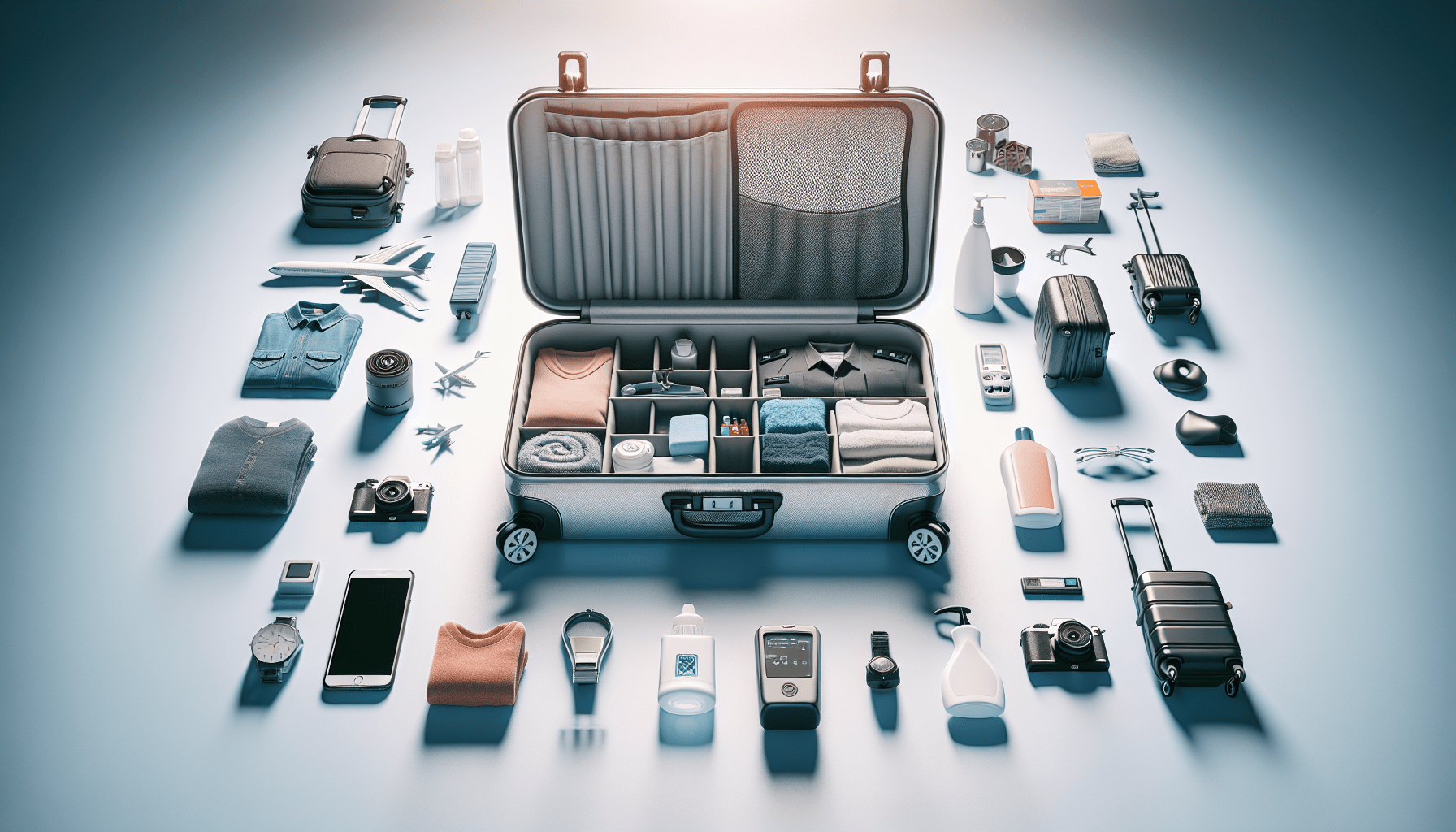
Shop These Accessories for a Comfortable Trip
Why Your Checked Bag May Be Searched
Not Random, But Precautionary
TSA screenings of checked luggage are rarely random. Physical searches are triggered when X-ray machines detect items that shouldn’t be packed in your checked bag. These include explosive and flammable objects, which are, understandably, prohibited.
Examples of Prohibited Items
Certain items that don’t look dangerous can still set off alarms. Here are some examples:
- Lighters with Fuel: These are considered hazardous.
- Liquid Bleach: Highly corrosive and dangerous.
- Lithium Batteries and Power Banks: These have strict regulations due to their flammable nature.
- Spray Paint and Matches: Commonly found in household items but unsafe for air travel.
Unintentional Triggers
Sometimes, harmless items can also trigger a search. Things like laptops and cordless curling irons may warrant a manual inspection. This doesn’t mean you broke the rules; it just means the X-ray machine deemed it necessary for a second look.
Precautionary Measures
To avoid having your belongings inspected, it’s a good idea to review TSA’s rules for checked baggage before your trip. Understanding what can and cannot be packed can save you a lot of hassle.
Packing Tips to Avoid TSA Hassles
Know the Rules
The first step in ensuring you have a smooth journey through TSA is to know their guidelines. Double-check the list of prohibited items, both for carry-ons and checked luggage. Familiarize yourself with size restrictions for liquids and other products.
Pack Smart
When packing, make sure hazardous materials are either left behind or packed according to TSA guidelines. Wrap items securely to avoid breakage and potential suspicion. If you’re traveling with electronics, make sure to pack them in a way that’s easy for TSA to inspect without having to dig through your entire bag.
Use TSA-Approved Locks
While not mandatory, using a TSA-approved lock is highly recommended. These locks can be opened by TSA agents without breaking them, making the inspection process smoother for you and the officers.
Label and Mark Your Bags
Your bag should be easily identifiable, not just for you but also for TSA. Having distinct labels or markers on your bag can make it easier for TSA to process, and in case anything goes missing, it can be easily identified and returned.
Secure Valuables
If you’re carrying something valuable, you might want to reconsider putting it in your checked luggage. Expensive or irreplaceable items are better off in your carry-on, where you can keep an eye on them.
Should You Worry About TSA Checking Your Bags?
Is It Worth the Stress?
If the idea of TSA going through your checked luggage stresses you out, consider whether you need to check a bag at all. Many travelers are now opting to go carry-on only to avoid the potential hassle and stress associated with checked luggage inspections.
Playing it Safe
Sticking to carry-on luggage not only grants you more control over your belongings but also minimizes the chances of items being lost or damaged. If you decide checked luggage is a must, follow all TSA guidelines to the letter to ensure a smooth journey.
Final Thoughts
So, does TSA check checked luggage or carry-on bags only? The answer is clear: TSA scrutinizes both checked and carry-on bags. While the process involves sophisticated machinery and skilled officers, understanding and adhering to TSA guidelines can help you avoid unwanted delays and hassles. Travel smarter by being prepared and knowing what to expect, ensuring your trip is as smooth as possible.
Whether you’re a seasoned traveler or someone who seldom flies, knowing these guidelines can make a world of difference. Stay updated, pack wisely, and travel with peace of mind, knowing that you’re doing everything right. Safe travels!
Remember, TSA isn’t out to get you; they’re just ensuring everyone’s safety, one bag at a time.
Shop These Accessories for a Comfortable Trip



